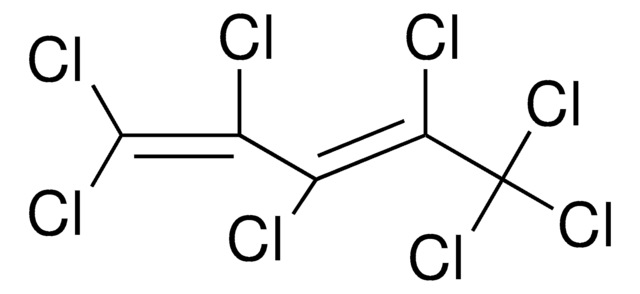427772
Polyethylene
average Mw ~4,000 by GPC, average Mn ~1,700 by GPC
Synonym(s):
PE
About This Item
Recommended Products
form
powder
mol wt
average Mn ~1,700 by GPC
average Mw ~4,000 by GPC
viscosity
1.5 poise(25 °C, Brookfield Thermosel)(lit.)
mp
92 °C
acid number
<0.05 mg KOH/g
transition temp
softening point 106 °C (ring and ball)
density
0.92 g/mL at 25 °C
InChI
1S/C2H4/c1-2/h1-2H2
InChI key
VGGSQFUCUMXWEO-UHFFFAOYSA-N
Looking for similar products? Visit Product Comparison Guide
Related Categories
Application
Features and Benefits
Storage Class Code
11 - Combustible Solids
WGK
WGK 3
Flash Point(F)
Not applicable
Flash Point(C)
Not applicable
Personal Protective Equipment
Certificates of Analysis (COA)
Search for Certificates of Analysis (COA) by entering the products Lot/Batch Number. Lot and Batch Numbers can be found on a product’s label following the words ‘Lot’ or ‘Batch’.
Already Own This Product?
Find documentation for the products that you have recently purchased in the Document Library.
Customers Also Viewed
Our team of scientists has experience in all areas of research including Life Science, Material Science, Chemical Synthesis, Chromatography, Analytical and many others.
Contact Technical Service






